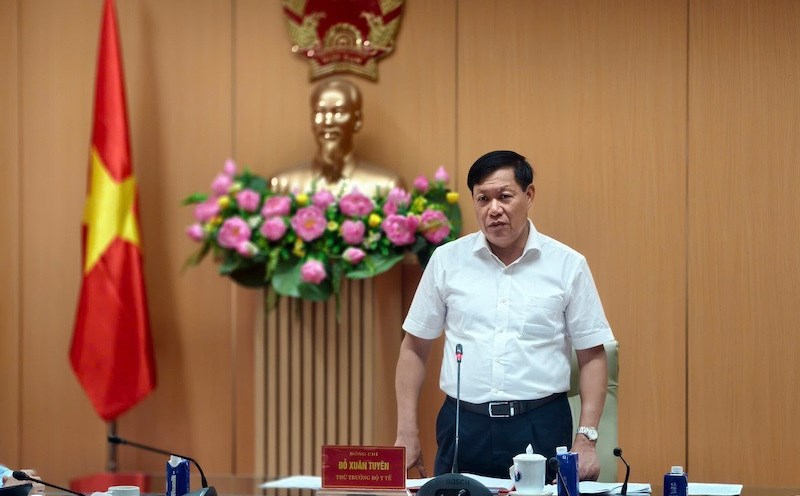After the complete liberation of the South, Soc Trang province faces countless challenges. Infrastructure was severely damaged, the economy was almost collapsed, and people's lives were in a difficult situation.
In 1976, Soc Trang was merged into Hau Giang province. In 1992, the province was re-established and officially entered the independent development stage.
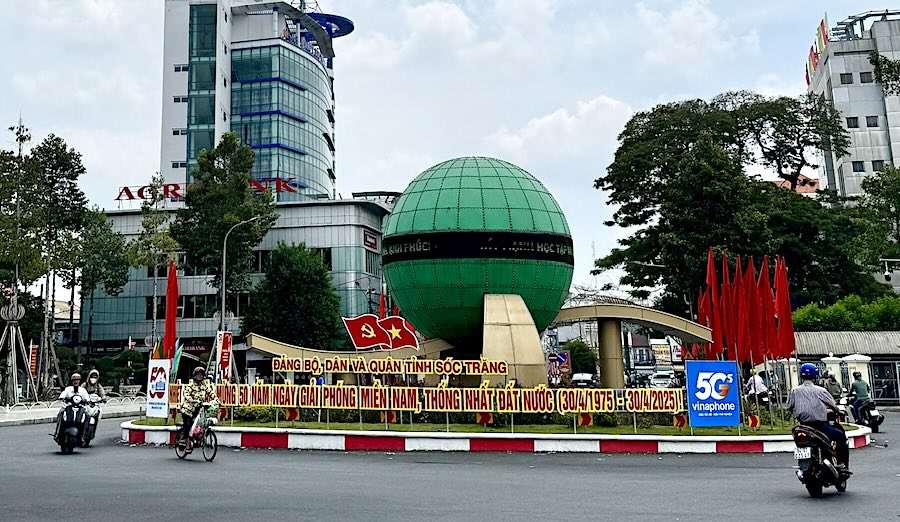
According to Mr. Lam Van Man - Member of the Party Central Committee, Secretary of the Soc Trang Provincial Party Committee - at that time, Soc Trang was a poor province in the Mekong Delta. Budget revenue is only about 45 billion VND/year and per capita income is only 1.3 million VND/year. The economy is mainly agricultural, producing 1 rice crop, with 2/3 of the area infected with alum and salinity intrusion. Other economic sectors account for a very low proportion, and the socio-economic infrastructure is very weak. The whole province has over 2/3 of classrooms made of bamboo and students have to study 3 shifts/day.
Faced with this situation, the provincial government has quickly stabilized the organizational apparatus and started implementing a series of socio-economic development programs. Agriculture is a top priority to solve the hunger problem. At the same time, the province also actively mobilizes resources, especially from the central government, to invest in infrastructure and comprehensive development.
One of the strategic breakthroughs is the construction of a river and sea dike system with a total length of over 400 km. This project not only helps prevent salinity and keep sweetness but also creates conditions for sustainable development of agricultural production. From an output of 800,000 tons of rice/year in 1992, up to now, Soc Trang's annual rice output has exceeded 2 million tons. In particular, ST25 rice variety has been honored twice as "the best rice in the world", affirming the position of Vietnamese agricultural products in the international arena.
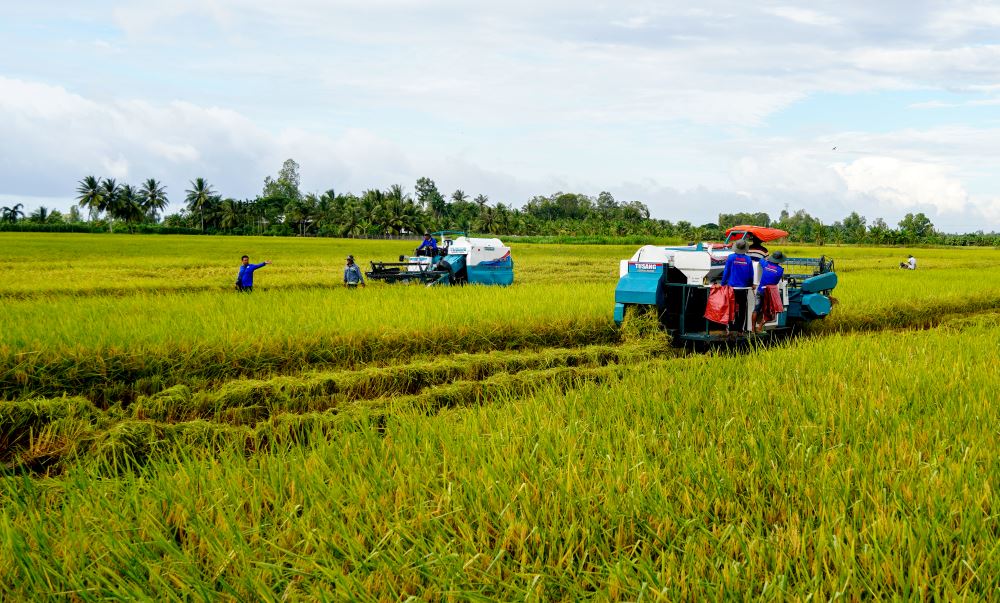
In 1998, it marked another important turning point with the miracle of pulling electricity across Hau River to Cu Lao Dung district. This project has brought electric light to remote areas, helping nearly 100% of households have electricity for daily life, thereby creating a solid foundation for economic development and improving their lives.
Traffic infrastructure has also undergone a spectacular transformation. From a seriously degraded transportation system, with vehicles moving mainly by waterway, Soc Trang now owns a road network of more than 7,356km, nearly 3,000km of inland waterways. This not only facilitates trade but also removes "bottlenecks" in infrastructure, contributing to attracting investment.
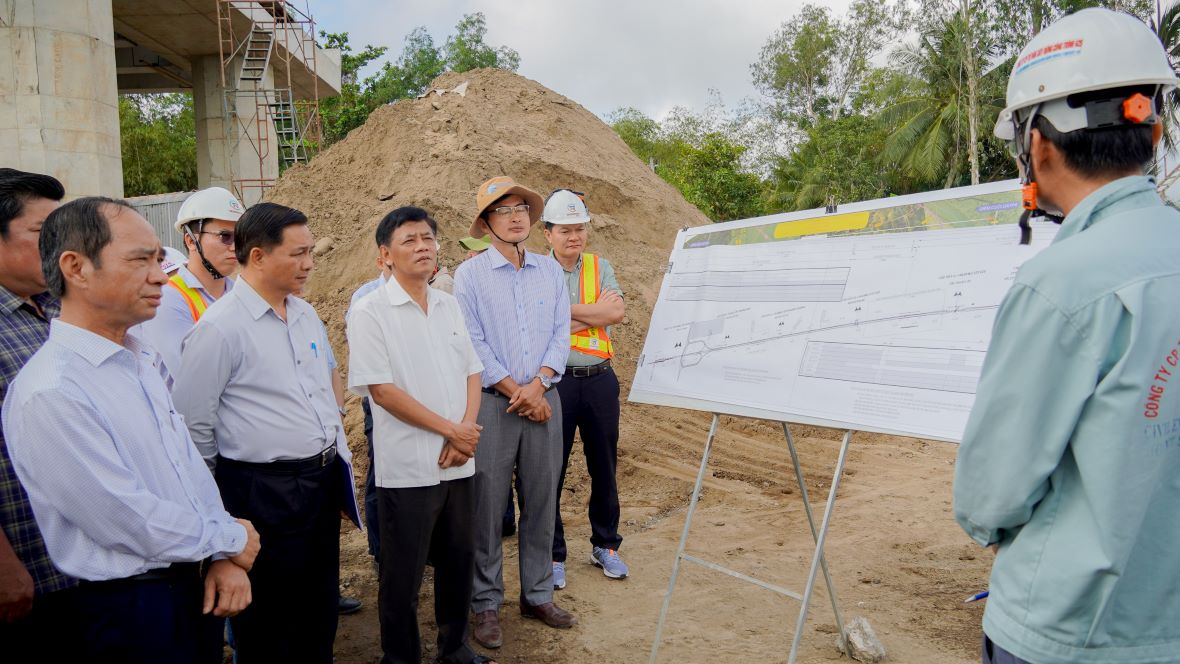
Many key projects such as Chau Doc - Can Tho - Soc Trang Expressway, Dai Ngai Bridge on National Highway 60 or industrial parks and clusters are being implemented, opening up new development space for the province.
The Secretary of the Soc Trang Provincial Party Committee informed that 2024 will record the province's outstanding progress in many fields. The economic growth rate reached 7.07%, bringing the average growth rate in the period 1993 - 2024 to 8.56%. The economic scale reached VND80,147 billion, an increase of 53.3 times compared to 1992. GRDP per capita reached 66.5 million VND, 35 times higher than more than three decades ago.
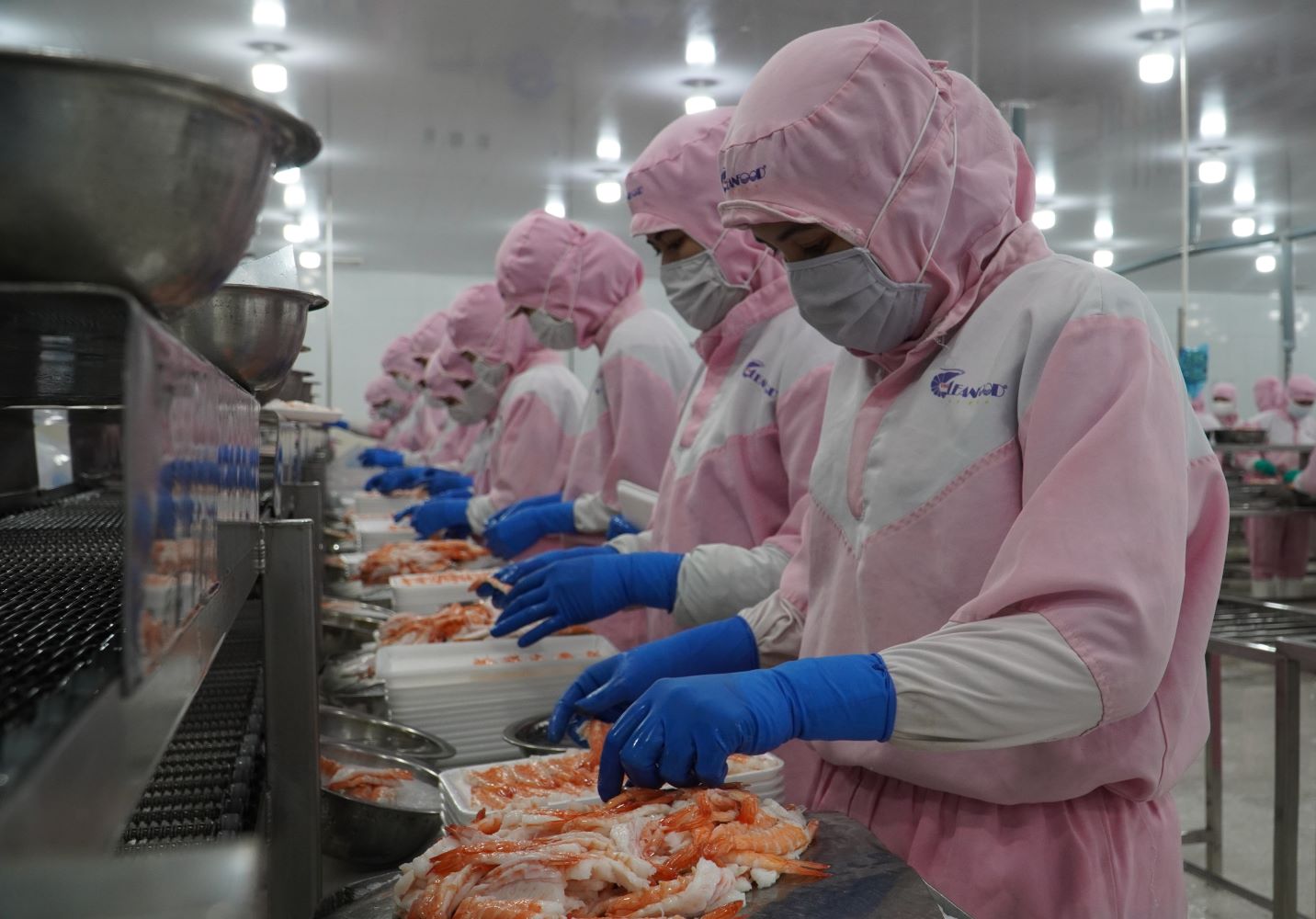
Industry - trade - services all had remarkable growth. The industrial production value reached nearly VND29,870 billion, an increase of 62.5 times. Total retail sales of goods and service revenue reached VND 106,050 billion, up 123 times. In particular, the seafood industry has developed strongly, with an output of 398,275 tons, an export value of 910 million USD - an increase of more than 192 times compared to 1992.
The leader of Soc Trang Provincial Party Committee said that in parallel with economic development, the province also focused on social security. The rate of poor households decreases an average of 1% per year. The education and health system is invested and upgraded comprehensively. The gratitude work is focused on the goal of completing 8,673 houses for policy beneficiaries before June 2025. The political system is increasingly strengthened, the security and order situation is guaranteed, creating consensus and trust among the people.
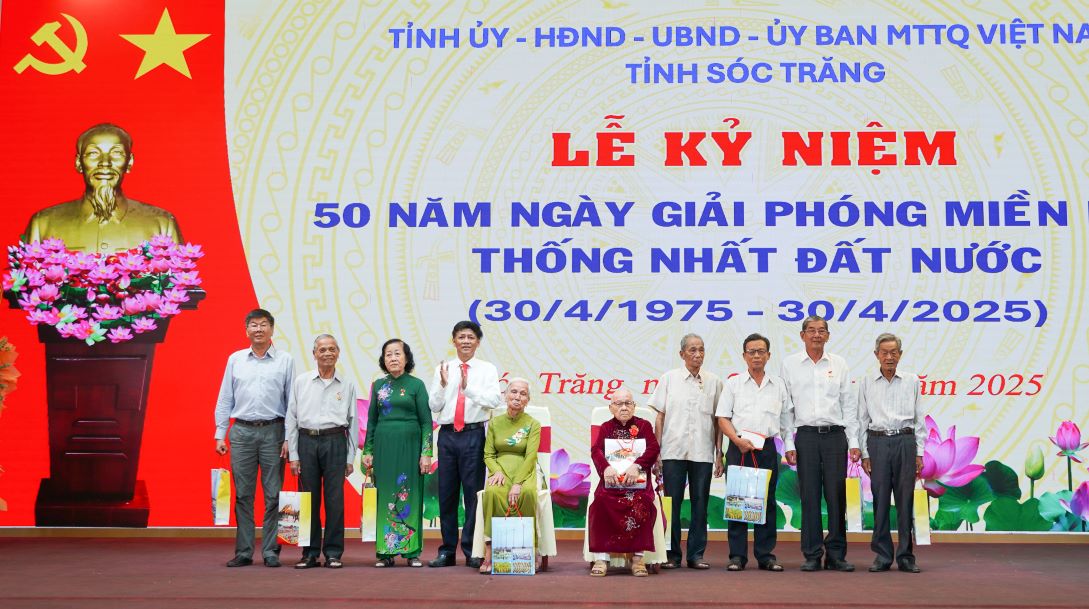
Provincial Party Secretary Lam Van Man said that Soc Trang is currently focusing on implementing the policy of reorganizing the apparatus, building a two-level local government and merging administrative units to improve management efficiency. In particular, Can Tho, Hau Giang and Soc Trang are identified by the Central Government as becoming new cities, creating a solid "three-legged neighborhood", entering an era of development and prosperity.







